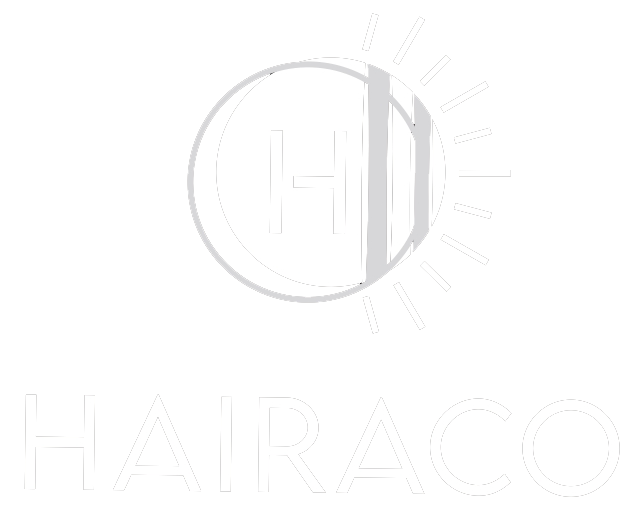The art of hair coloring has evolved significantly over the centuries, and one of the most notable advancements in this industry has been the development and use of hair coloring foils. These seemingly simple tools have revolutionized the hair care industry, allowing for precision, creativity, and improved results in the hair coloring process. This article provides a comprehensive look at the evolution of hair coloring foils and how they have shaped modern hair coloring techniques.
Early Hair Coloring Methods
Before the advent of hair coloring foils, ancient civilizations used natural ingredients to color hair. The Egyptians, for instance, applied mixtures of henna and other plant-based dyes to enhance or change hair color. These early methods were rudimentary and lacked the precision required for intricate techniques we see today.
The Advent of Modern Hair Dyes
The introduction of synthetic hair dyes in the early 20th century marked a significant turning point. Developed initially in the late 1800s, these dyes became commercially available and more widely used by the 1930s and 1940s. However, despite the advancement in dye formulations, the application techniques were still basic and did not offer the precision needed for complex coloring styles.
The Birth of Hair Foils
It was during the 1970s and 1980s that the use of hair coloring foils began to emerge. Professional stylists sought ways to achieve multi-tonal effects, highlights, and lowlights more efficiently. Traditional cap highlighting methods were time-consuming and often uncomfortable for clients. Foils, typically made from aluminum, offered a more flexible and precise alternative.
Standardization and Technique Enhancement
With the growing popularity of foils, the 1990s saw standardization in their use. Salons began to adopt a more structured approach to foil placement, ensuring that results were consistent and predictable. This period also saw the development of various folding techniques, enabling stylists to work more quickly while maintaining precision. The use of foils allowed for better control of the dye application, reducing the risk of color bleeding.
Technological Innovations
The turn of the 21st century brought significant innovations in the materials and design of hair coloring foils. Companies like Hairaco introduced high-quality, pre-cut, and pre-folded foils that streamlined the coloring process. These advancements reduced the time required to prepare foils during appointments, enabling stylists to focus more on their artistry and client interaction.
Environmental Considerations
More recently, the hair care industry has turned its attention to sustainability. This includes the development of eco-friendly foils that promise to reduce environmental impact. Brands like Hairaco have started offering recyclable foils, which provide the same level of utility and convenience while being mindful of the environment.
The Future of Hair Coloring Foils
As technology and environmental consciousness continue to evolve, we can expect further innovations in the realm of hair coloring foils. The ongoing research and development efforts are likely to focus on improving efficiency, sustainability, and the overall client experience.
Today, hair coloring foils remain an indispensable tool for stylists worldwide. Their evolution reflects broader trends in the hair care industry, including the pursuit of precision, efficiency, and sustainability. As the industry continues to innovate, hair coloring foils will undoubtedly remain at the forefront of modern hair coloring techniques.

